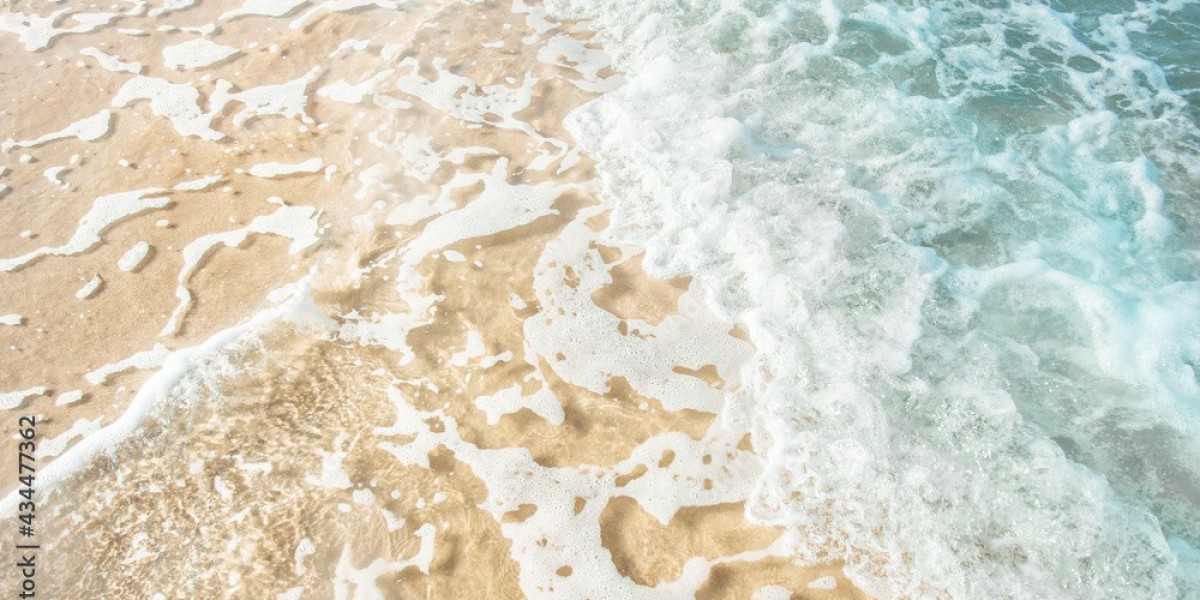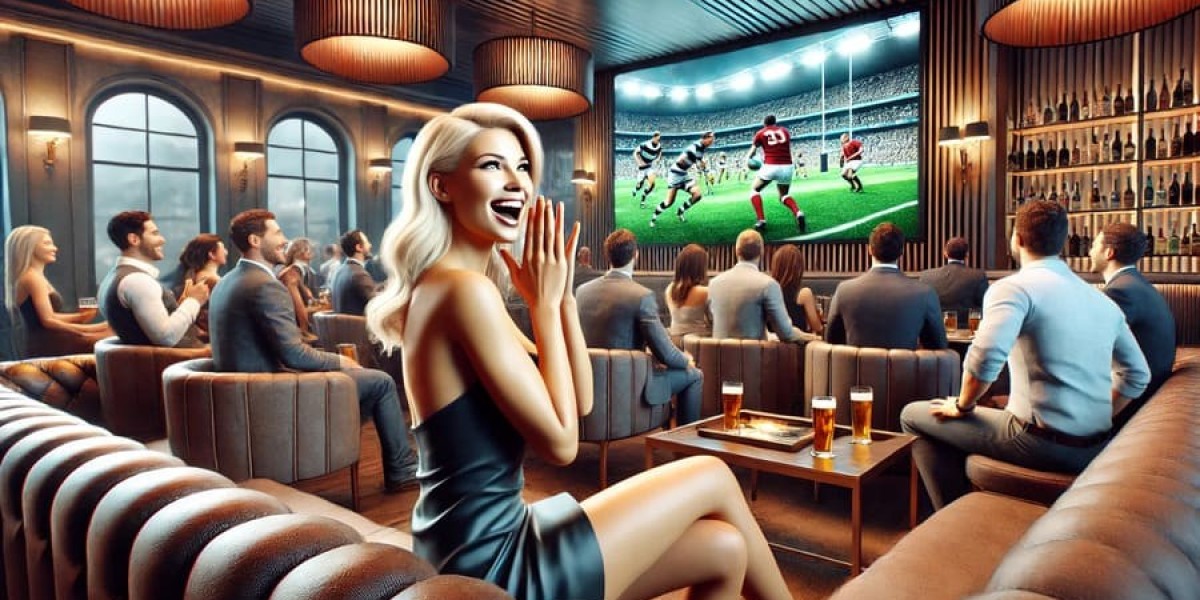Lighting systems on cruise ships affect passengers' visual comfort. They also play a crucial role in the overall experience and safety. Here are some methods for designing a lighting system that is more ergonomic and visually comfortable:
Adopting Intelligent Dimming Technology
Intelligent dimming systems can automatically adjust brightness according to different times and activity needs. They provide passengers with a personalized lighting experience. For example, through data analysis, intelligent dimming systems can choose the best lighting for different passenger groups. Iterative updates of control logic play a crucial role. This process significantly enhances passenger comfort. Such systems can adapt to the personalized needs of passengers. They automatically adjust brightness during different periods, such as daytime, nighttime, or specific activities. This ensures visual comfort.
Optimizing Illuminance and Color Temperature Selection
Choose the right illuminance and color temperature based on the function of the cabin and the needs of passengers. Research shows that when indoor illuminance is between 500 to 1000 lx, passengers feel more comfortable. Additionally, the choice of color temperature is crucial. For cabins that need concentration, such as meeting rooms and reading rooms, use high color temperature light sources. These should range from 5000 to 6500 K. For environments that require relaxation, such as lounges and cabins, choose light sources with a low color temperature. These should be between 3000 to 4000 K.
Controlling Glare and Providing Uniform Lighting
Glare can significantly affect visual comfort, causing eye fatigue and headaches. To control glare, ensure that the lighting system provides a uniform brightness distribution, avoiding strong brightness contrasts. Additionally, combining "local lighting layout" with "uniform lighting layout" can achieve a more uniform illuminance level.
Introducing Natural Light and Simulating Natural Light Environments
Natural light has a positive impact on passengers' comfort and mood. In design, natural light should be introduced as much as possible, such as through large portholes or skylights. For areas where natural light cannot be directly introduced, natural light simulation systems can be used. These systems include LED lights that simulate changes in natural light. This enhances passengers' sense of direction and comfort.
Considering Passengers' Physiological and Psychological Needs
Lighting design should be based on ergonomic principles, considering passengers' physiological and psychological needs in different environments. Passengers' lighting needs, according to Maslow's hierarchy, include basic physiological needs such as sufficient brightness. They also encompass higher-level emotional needs like comfort and relaxation. Therefore, the lighting system should be able to meet these multi-level needs and enhance the overall passenger experience.
Using Energy-Efficient LED Fixtures
LED fixtures are the preferred choice for cruise ship lighting. They offer high energy efficiency. They also provide long life and low maintenance costs. Additionally, LED fixtures can achieve dimming and color changes through intelligent control systems, further enhancing visual comfort.
Flexible Lighting Control Options
Offer diverse lighting control options to meet the needs of different passengers. These options include manual dimming, automatic sensing, and scene mode switching. For example, passengers can adjust the cabin brightness according to their own needs. They can also switch to preset lighting scenes during specific activities.
By employing the above methods, the lighting system on cruise ships can better meet passengers' ergonomic needs. It also improves their visual comfort. This consequently enhances the overall travel experience.







